Welcome to
INNOVO VET GROUP
where we pride ourselves on delivering exceptional care tailored to your pet's needs. From regular wellness exams and vaccinations to advanced diagnostics and emergency care, our IVG passionate team is here to provide compassionate and personalized treatment for your cherished companions, ensuring their health and happiness throughout their lives.
- Extended Care
We believe in treating every patient as our pets and giving them the same loving attention and care. We are a group of highly trained, experienced animal lovers who are devoted to giving our patients the best care at Mississauga Animal Hospital.
Lacoste Animal Hospital is proud to serve vets Brampton, ON and surrounding areas. We are dedicated to providing the highest level of veterinary medicine along with friendly, compassionate service.
Need Emergency Veterinary Care?
Emergency and Urgent Care At Innovo Veterinary Group, we understand that emergencies can happen anytime. That’s why we are dedicated to providing prompt and expert care when your pet needs it most. 24 hour emergency vet clinic Toronto is equipped with state-of-the-art facilities and staffed by a compassionate team trained in handling urgent veterinary medical situations.
Emergency Care:
Emergency Vet Mississauga | Emergency Vet Brampton | Emergency Vet South Etobicoke | Emergency Vet Toronto
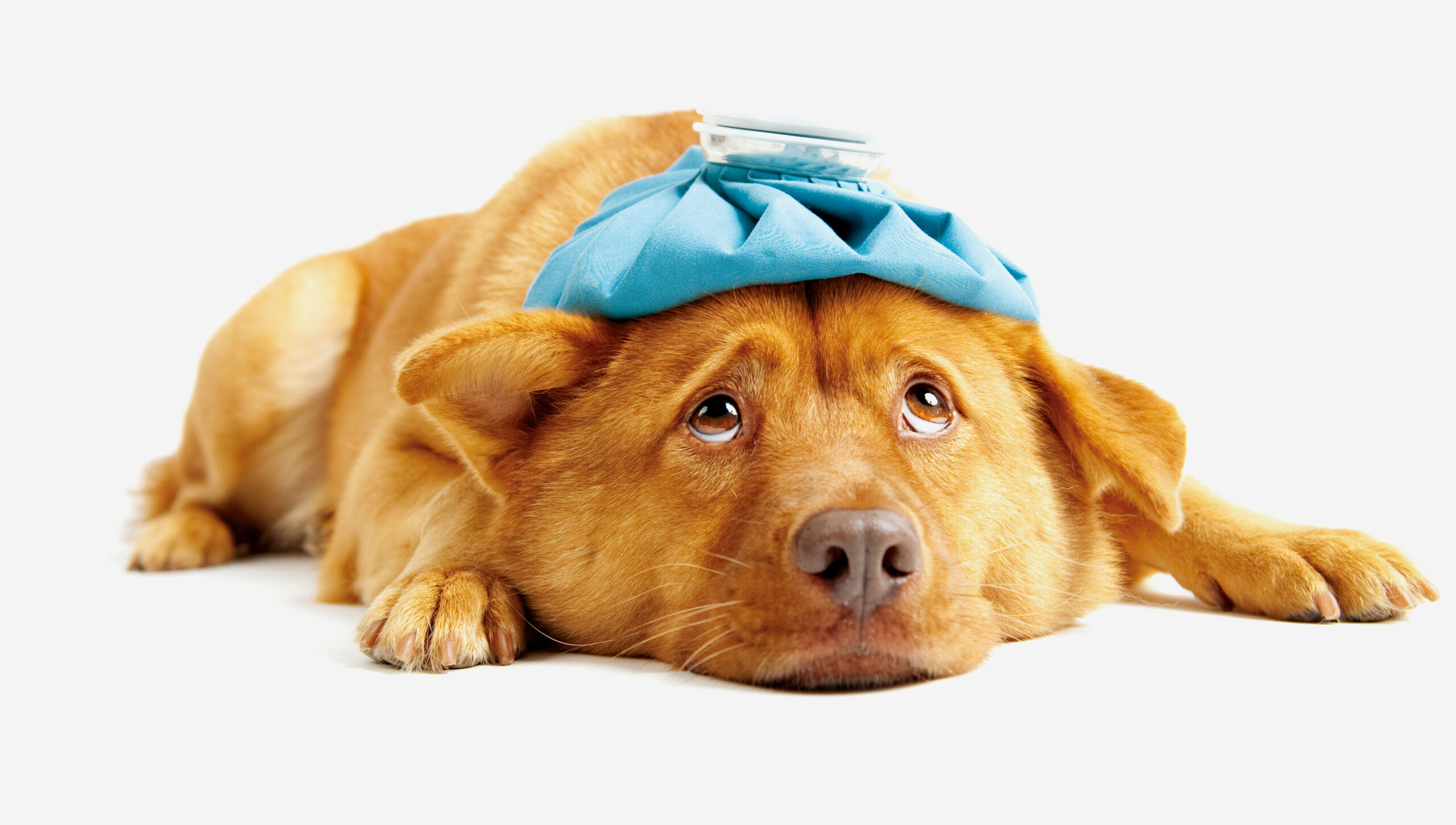
Our Veterinary Services

Wellness and Preventive Care
Our veterinarians know that a focus on wellness and health care is imperative. Our team will make sure that you have the tools and services to maintain your pet’s optimal health.
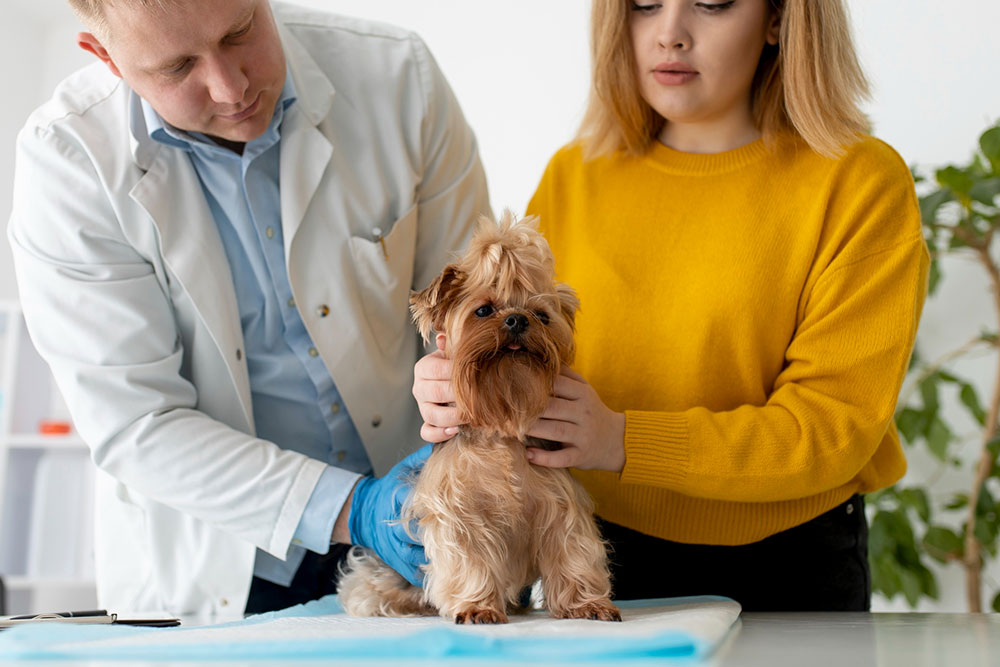
Dentistry Services
Pets are very good at hiding their illnesses. Our veterinarians use test results in conjunction with a physical examination to ensure your pet receives the best veterinary dentist care.
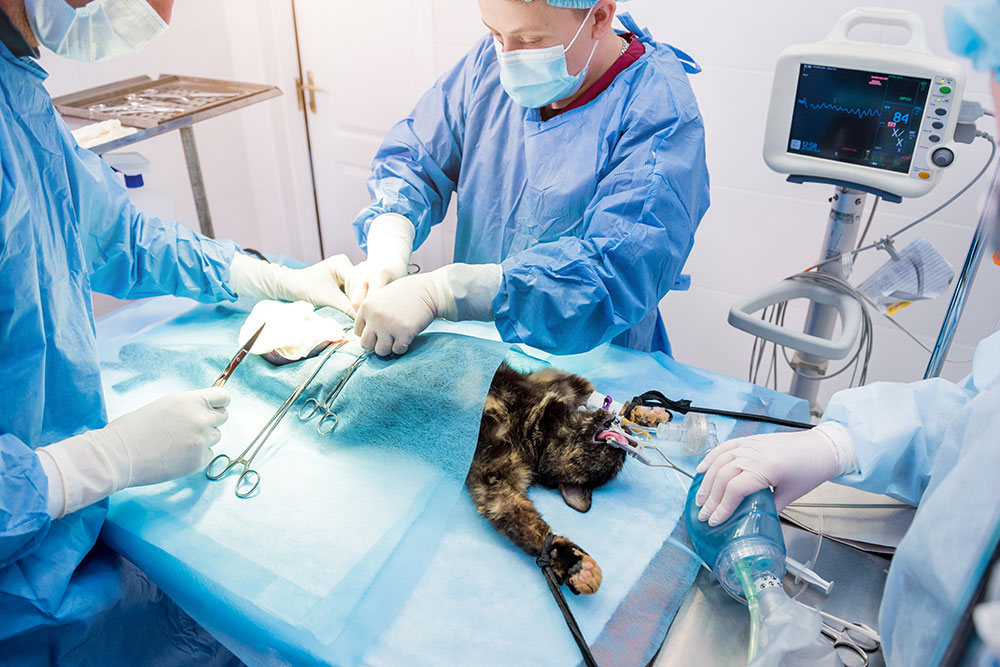
Surgical Services
The doctors at Innovo are trained and educated in a wide selection of vet surgery procedures to help your pet during any stage of life.
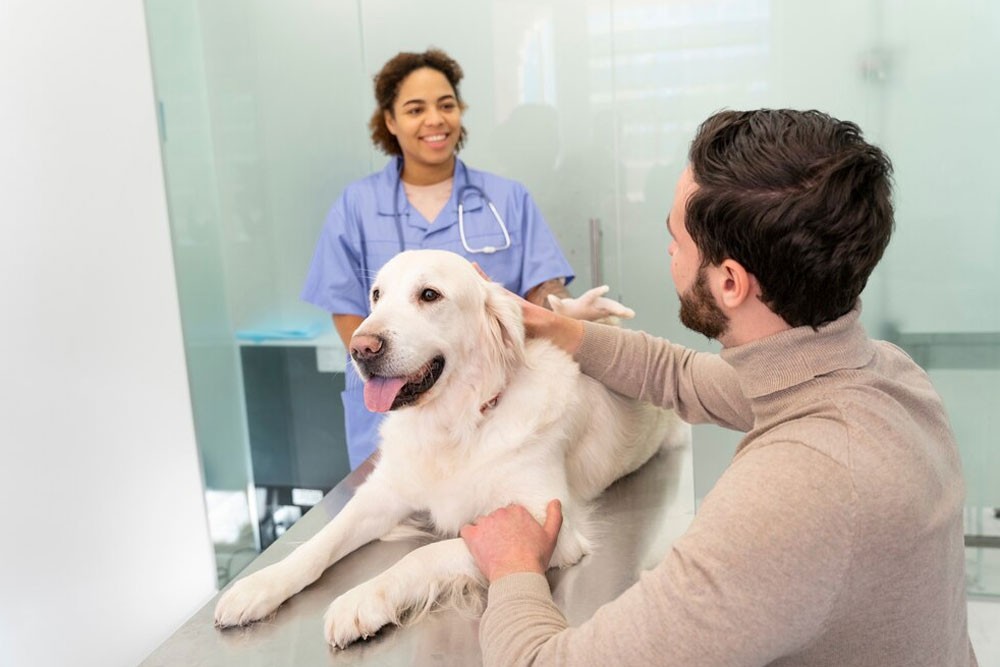
In-House Medical Imaging
Medical imaging methods provide a window into your pet through non-invasive means. IVG team is very experienced with a variety of specialized equipment.
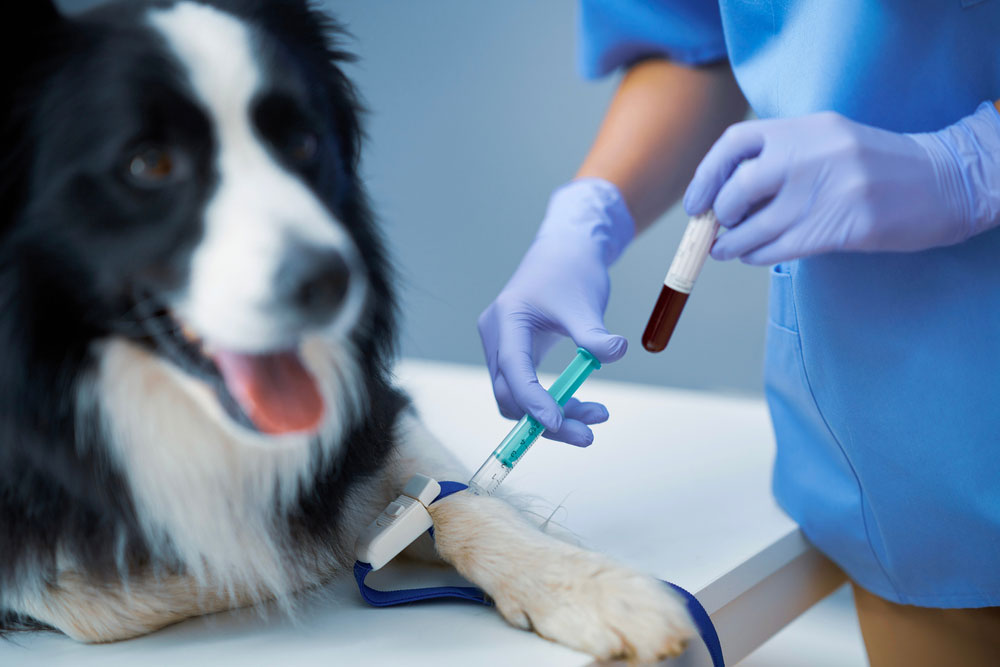
Reference Laboratory Testing
Sometimes your pet may require more advanced animal health laboratories for test to confirm a diagnosis, monitor therapeutic drug levels, or further investigate a systemic illness.
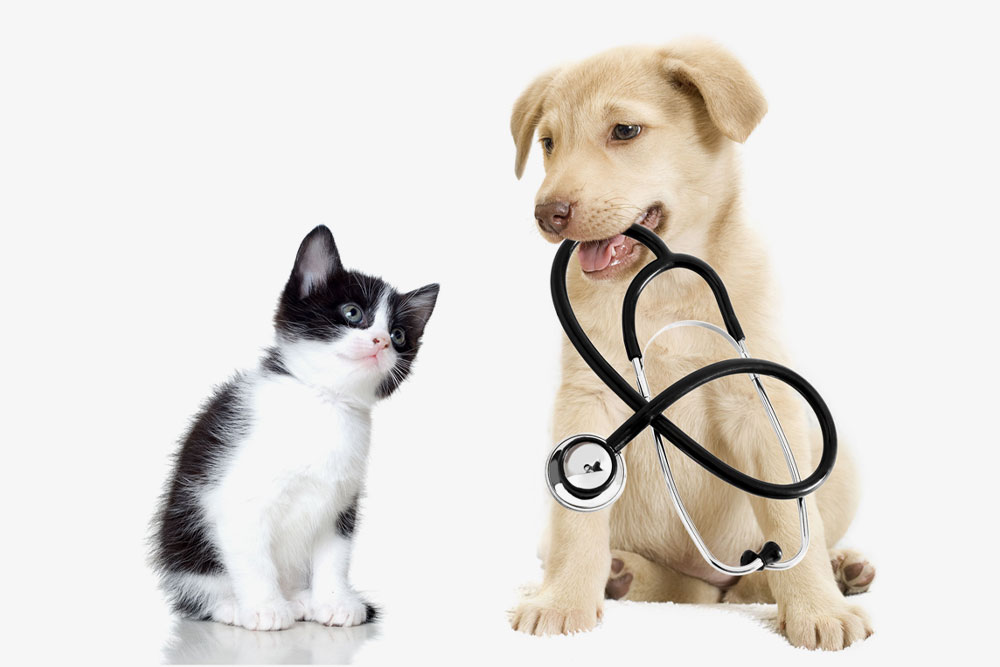
In-House Diagnostics
Animal diagnostic clinic tests allow our doctors to efficiently diagnose and treat your pet for conditions that might not be apparent from a physical examination.
Frequently Asked Questions
How do I know if my pet is having an emergency?
What should I do during a pet emergency?
Can I visit IVG for urgent pet care?
Should I call before arriving?
Does IVG offer payment plans?
Unfortunately no but we do work with 3rd party companies that can provide you with payment plans.
